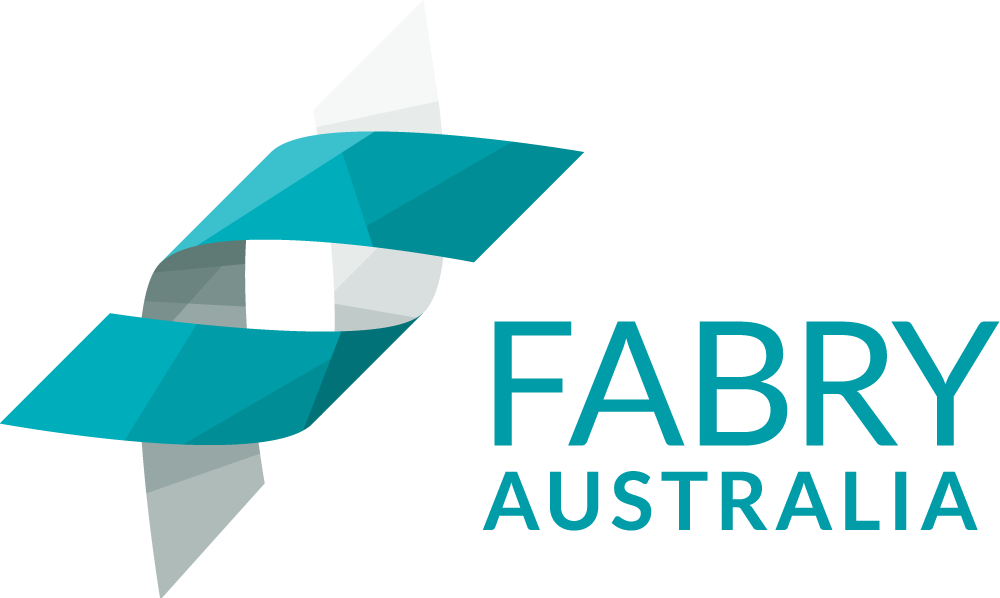Celebrating 30 years of Fabry Australia with ‘30 Fabry Stories, from the Australian Fabry Community.’
Anne Hunter lives in Melbourne and was diagnosed with Fabry in 1995. Her daughter, Monica was diagnosed with Fabry at nine and has lived much of her young life in hospitals to cope with pain. She now works as a nurse at a Melbourne children’s hospital.
“There’s a guilt about passing on a genetic disease. I just wish Monica had my mild symptoms and I had hers.”
 I remember at age nine being taken into Royal Melbourne Hospital to be tested for Fabry disease after my two uncles on my mum’s side were some of the first to be diagnosed in Australia. They used to pull hair follicles out to test then so I remember how much that hurt.
I remember at age nine being taken into Royal Melbourne Hospital to be tested for Fabry disease after my two uncles on my mum’s side were some of the first to be diagnosed in Australia. They used to pull hair follicles out to test then so I remember how much that hurt.
The test came back negative.
Later in life, when I was married in the early 1990s, and my husband and I were thinking about having children I noticed angiokeratomas (skin rashes) on my upper chest. I got tested and it came back positive. I actually did have the Fabry mutation.
I was shocked.
It was thought women were only carriers and not affected at that time. Fabry runs in families but it affects people within families differently. My mum had four daughters, two have Fabry two don’t. It’s a genetic lottery.
Women have a 50% chance of passing on the disease. When I became pregnant with my first child we consulted a genetic counsellor and decided to do a CVS test at 12 weeks for Fabry. It came back inconclusive. It was such an emotional test to have done.
Monica was born in 1999 and we didn’t really worry about it at the time. We thought we’d test her later. At age nine she got a virus and her symptoms just blew up. She had severe neuropathic pain in her hands and feet that was uncontrollable. She ended up in hospital to try to control the pain. Monica started enzyme replacement therapy at age 13, one of the youngest ever to receive treatment in Australia.
From that point on her life changed. She couldn’t go out and do a lot of normal things.
I went from thinking my beautiful girl is just a carrier and unaffected to having full on Fabry disease and symptoms. It gave us a false sense of security up until that moment.
I have only mild symptoms.
There’s a guilt about passing on a genetic disease. I just wish Monica had my mild symptoms and I had hers. It never goes away.
It’s affected my life too as Monica has spent a lot of her young life in hospitals. I couldn’t keep up a job because I’d have to be at hospital so often and at short notice when Monica had pain crises.
It can feel helpless to see a child sick with a rare disease. But I’m her advocate through the hospital and health system. When Monica’s in hospital writhing with pain she’s not able to talk for herself.
The Fabry community and its medical specialists are fantastic. It’s when you go into the Emergency Department that it gets harder. Fabry is an invisible disease and most doctors and nurses don’t know anything about it. You need to explain it every time to a new team.
In the future I’m hopeful we can get a stem cell treatment or a tablet to eliminate the impact on Monica of fortnightly infusions. Earlier access to treatment to reduce the decline of organs is really critical too.
